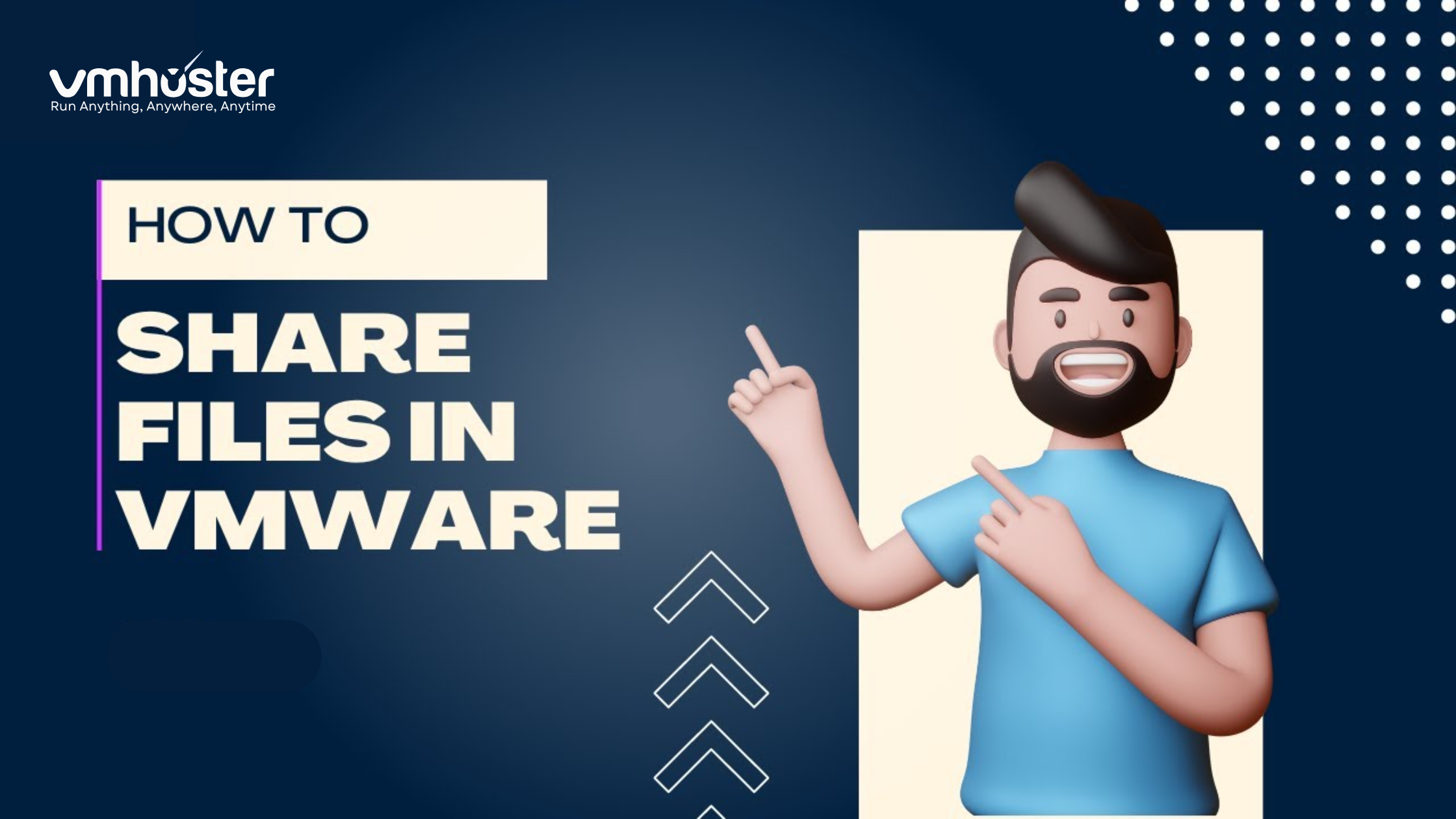If you’ve been managing virtual infrastructure for any length of time, you’ve probably heard colleagues mention vRealize, vROps, or vRealize Automation in passing. When I first encountered these tools, I’ll admit I was confused by all the different names and overlapping features. Are they the same thing? Different products? Why does VMware have so many similarly-named tools?
Let me break it down for you in plain English, because understanding these platforms can genuinely transform how you manage your data center.
Understanding VMware vRealize: The Foundation
vRealize is VMware’s umbrella brand for cloud management and automation tools. Think of it as a suite of products designed to help IT teams automate, operate, and optimize their hybrid cloud environments. The two heavyweights in this family are vRealize Automation and vRealize Operations (vROps).
These aren’t just fancy dashboards—they’re problem-solvers for real operational headaches like resource sprawl, manual provisioning delays, and the age-old question: “Why is our cloud bill so high this month?”
What is vRealize Automation?
vRealize Automation (formerly known as vCloud Automation Center) is VMware’s Infrastructure-as-Code (IaC) and cloud automation platform. It’s essentially your self-service portal for provisioning infrastructure, applications, and custom IT services across multi-cloud environments.
Key Features of vRealize Automation:
Self-Service Catalog: Users can request pre-approved infrastructure resources without opening tickets. As someone who’s spent hours processing VM requests manually, this feature alone is worth its weight in gold.
Multi-Cloud Support: Works seamlessly with VMware vSphere, AWS, Azure, and Google Cloud Platform. You define the blueprint once, deploy anywhere.
Policy-Based Governance: Set guardrails around what users can provision, ensuring compliance without becoming a bottleneck.
Infrastructure as Code: Integrates with tools like Terraform, Ansible, and Puppet for modern DevOps workflows.
Real-World Example
Imagine you’re a developer who needs a test environment. Instead of emailing the infrastructure team and waiting two days, you simply log into the vRealize Automation portal, select “3-Tier Web Application,” choose your specifications, and click deploy. Within 20 minutes, you have a fully configured environment. The infrastructure team maintains control through policies, but you get instant access.
What is vROps (vRealize Operations Manager)?
Now let’s talk about vROps—short for vRealize Operations or vRealize Operations Manager. While vRealize Automation handles the “doing,” vROps handles the “monitoring and optimizing.”
VMware vROps is an AI-powered operations management platform that provides intelligent analytics, predictive insights, and capacity planning for your entire virtual infrastructure. It was formerly called vSphere Operations Manager before being rebranded under the vRealize family.
Core Capabilities of vRealize Operations:
Performance Monitoring: Real-time visibility into your vSphere environment, containers, applications, and cloud resources.
Capacity Planning: Predictive analytics that tell you when you’ll run out of resources—before it becomes a crisis at 3 AM.
Cost Optimization: Identifies idle VMs, oversized resources, and opportunities to reclaim wasted capacity. I’ve seen organizations save 30-40% on infrastructure costs after their first vROps assessment.
Troubleshooting: When something goes wrong, vROps’ AI-driven root cause analysis points you directly to the problem instead of having you check 15 different dashboards.
Why IT Teams Love vRealize Ops
The best part about vRealize ops? It learns your environment. The machine learning algorithms establish baselines and alert you to anomalies automatically. No more setting static thresholds that generate false positives or miss real issues.
vRealize Automation vs vRealize Operations: What’s the Difference?
This is the question I get asked most often. Here’s the simplest way to think about it:
- vRealize Automation (vRA): Provisions and orchestrates infrastructure. It’s your “builder.”
- vRealize Operations (vROps): Monitors, analyzes, and optimizes infrastructure. It’s your “manager and advisor.”
They complement each other beautifully. vRA creates your environments quickly, while vROps ensures they’re running efficiently and cost-effectively.
How vRealize Fits Into Your VMware Stack
If you’re running VMware vSphere (the virtualization platform), vCenter (the management hub), you’re already halfway there. Adding VMware vRealize Operations gives you the intelligence layer, while vRealize Automation adds the self-service and orchestration capabilities.
Together, they create what VMware calls the “Software-Defined Data Center” (SDDC)—where everything from compute to networking to storage is managed through code and policy.
Getting Started: Which Tool Do You Need?
From my experience, here’s how to prioritize:
Start with vROps if: You have performance issues, growing infrastructure costs, or spend too much time troubleshooting. The insights you’ll gain pay for themselves quickly.
Start with vRealize Automation if: Your teams are drowning in provisioning requests, you’re embracing DevOps, or you need consistent deployments across multiple clouds.
Get both if: You’re serious about modernizing IT operations and want a complete cloud management platform.
Real-World Success Story
A financial services company I worked with had a six-day average turnaround for VM provisioning. After implementing vRealize Automation, they reduced it to under 30 minutes. When they added vROps, they discovered they were over-provisioning resources by 40%, allowing them to defer a $2 million hardware refresh for 18 months.
Integration and Ecosystem
Both vrops VMware and vRealize Automation integrate with extensive third-party tools. vROps has management packs for databases, storage arrays, networking equipment, and applications. vRealize Automation works with virtually any API-based system through its extensibility framework.
For detailed implementation guides and best practices, check out the official VMware documentation and vRealize Operations documentation.
Licensing and Versions
VMware offers vRealize products in several editions (Standard, Advanced, Enterprise) with different feature sets. There’s also vRealize Cloud Universal, a subscription model that provides flexibility across the entire suite. For hosting and implementation support, consider working with experienced providers who specialize in VMware infrastructure.
Final Thoughts
Understanding what is vRealize Automation and how it works alongside VMware vROps isn’t just about learning new tools—it’s about fundamentally changing how your organization delivers IT services. In today’s world where speed and efficiency are competitive advantages, these platforms aren’t luxuries; they’re necessities.
Whether you’re managing a handful of hosts or thousands of VMs across multiple clouds, the vRealize suite scales with you. Start small, prove the value, and expand from there. Your future self (and your team) will thank you.
Additional Resources:
- VMware vRealize Suite Official Page
- vRealize Automation Community Forums
- VMware Hands-on Labs (free trials available)
Looking to implement vRealize solutions for your infrastructure? Explore VMHoster’s managed VMware services and consulting options to accelerate your cloud automation journey.







